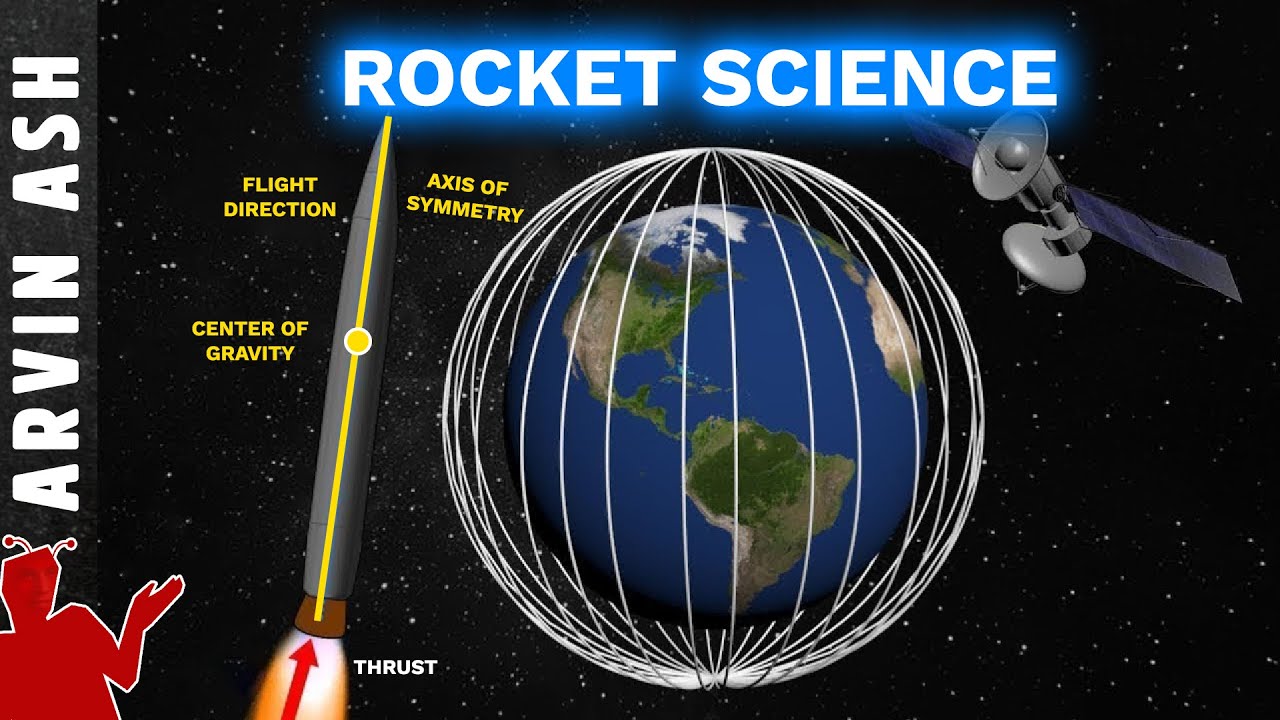How Do 3-D Movie Glasses Work? | BYJU’S Fun Facts
Summary
TLDRThe video explores the fascinating mechanics behind 3D vision and technology. It explains how our brains merge the slightly different images seen by each eye to create depth perception, enabling us to perceive the world in three dimensions. The script then transitions to the science of 3D glasses, detailing how they filter polarized light to present two distinct images, which our brains combine into a cohesive 3D experience. The evolution of 3D technology is highlighted, culminating in advanced active shutter glasses that alternate images at high speeds, showcasing the incredible interplay between our eyes and brain in perceiving 3D visuals.
Takeaways
- 😀 3D viewing experiences create a magical sense of depth and immersion, making objects appear close enough to touch.
- 👀 Our eyes see slightly different images, which our brains combine to provide depth perception and spatial awareness.
- 📚 Depth perception allows us to understand the position of objects and avoid collisions in our environment.
- 🎥 3D glasses trick the brain into perceiving a single 3D image by presenting two distinct images to each eye.
- 🕶️ Traditional 3D glasses use red and blue filters, allowing each eye to see different parts of an image.
- 🔬 Polarized light vibrates in a single direction, and this property is utilized in 3D technology to enhance the viewing experience.
- 📺 Movie theaters project two versions of a film, each polarized differently, allowing viewers to experience 3D effects.
- ⚙️ Active shutter 3D glasses alternate between opaque and transparent states, letting each eye see only one version of the image at high speeds.
- 🔍 Understanding how our eyes and brain function is crucial for fully experiencing 3D technology.
- ✨ The evolution of 3D technology demonstrates the fascinating relationship between light, vision, and brain function.
Q & A
What is the primary function of 3D glasses?
-3D glasses are designed to create the illusion of depth by allowing each eye to see a slightly different image, tricking the brain into perceiving a single 3D image.
How does depth perception work?
-Depth perception relies on the brain combining the two different images received from each eye, allowing us to judge the distance and position of objects in our environment.
What happens when you look at an object with one eye at a time?
-When looking at an object with one eye, it appears to move from side to side due to the different angles from which each eye views the object, illustrating how our brain processes depth.
What are polarized light waves?
-Polarized light waves are those that vibrate in a specific direction, as opposed to non-polarized light, which vibrates in multiple directions.
How do the red and blue filters in early 3D glasses work?
-The red filter allows only the left eye to see the red parts of an image, while the blue filter permits the right eye to see the blue parts, creating a combined 3D effect in the brain.
What is the significance of closing one eye while wearing 3D glasses?
-Closing one eye while wearing 3D glasses disrupts the simultaneous input from both eyes, preventing the perception of 3D, as depth perception relies on both eyes working together.
What type of light do movie theaters use for 3D projection?
-Movie theaters use polarized light to project two versions of the same movie, each polarized differently, which allows viewers to see the 3D effect when wearing polarized glasses.
What are active shutter 3D glasses?
-Active shutter 3D glasses feature lenses that alternately open and close rapidly, allowing each eye to see the corresponding image at the right moment, enhancing the 3D viewing experience.
Why is depth perception important in our daily lives?
-Depth perception is crucial for navigating our environment, as it helps us avoid obstacles and interact safely with our surroundings.
How does the brain process the two images seen through 3D glasses?
-The brain combines the two different images seen through each eye into a single image, allowing it to interpret depth and distance, thus creating the 3D effect.
Outlines

هذا القسم متوفر فقط للمشتركين. يرجى الترقية للوصول إلى هذه الميزة.
قم بالترقية الآنMindmap

هذا القسم متوفر فقط للمشتركين. يرجى الترقية للوصول إلى هذه الميزة.
قم بالترقية الآنKeywords

هذا القسم متوفر فقط للمشتركين. يرجى الترقية للوصول إلى هذه الميزة.
قم بالترقية الآنHighlights

هذا القسم متوفر فقط للمشتركين. يرجى الترقية للوصول إلى هذه الميزة.
قم بالترقية الآنTranscripts

هذا القسم متوفر فقط للمشتركين. يرجى الترقية للوصول إلى هذه الميزة.
قم بالترقية الآن5.0 / 5 (0 votes)






